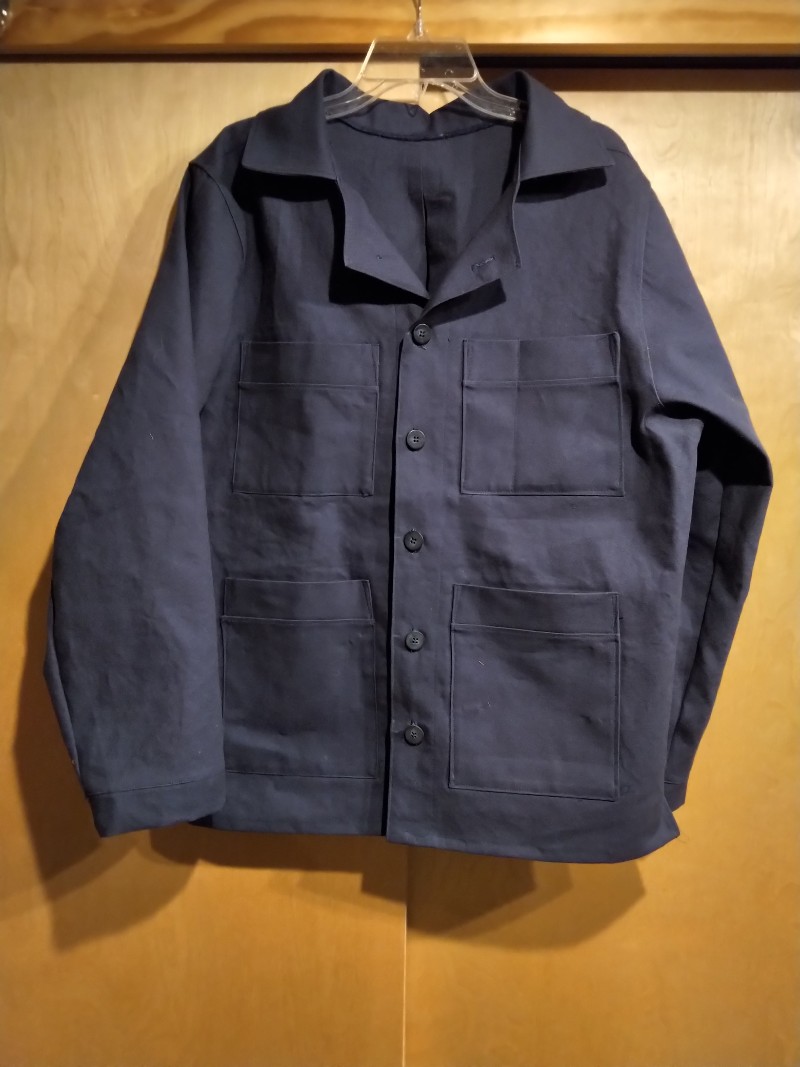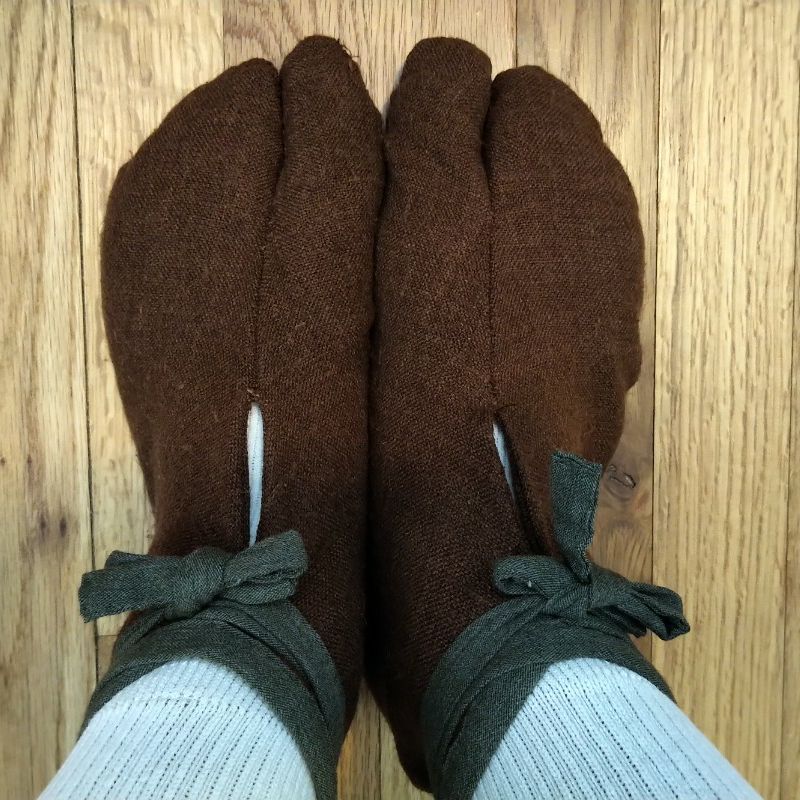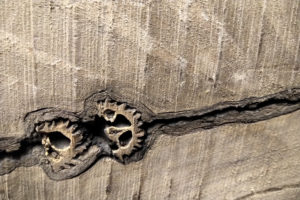I just completed this shogi folding stool that uses a new design. Instead of the ends of the legs fitting into slots in the feet (like in the old design), the legs are joined to the feet using wedged through-tenons with shoulders that curve up around the feet. I also used a new method of sewing the fabric of the seat so that stress on the stitches is lateral instead of longitudinal.
The frame is made almost entirely from red oak planks and dowels. You can just about see the walnut wedges that secure the tenons in the mortises. There’s also a respectable amount of glue and filler, but that can be our secret. The hinge axles are brass-plated hinge pins that I custom cut to length and cross drilled to accept brass cotter pins.
I like this design for the shogi because it is more properly medieval, even though I used even more modern machine tools to make it than before. I used a table saw to cut the legs and dowels, and to cut the joinery I used a drill press, band saw, and mortising machine.







